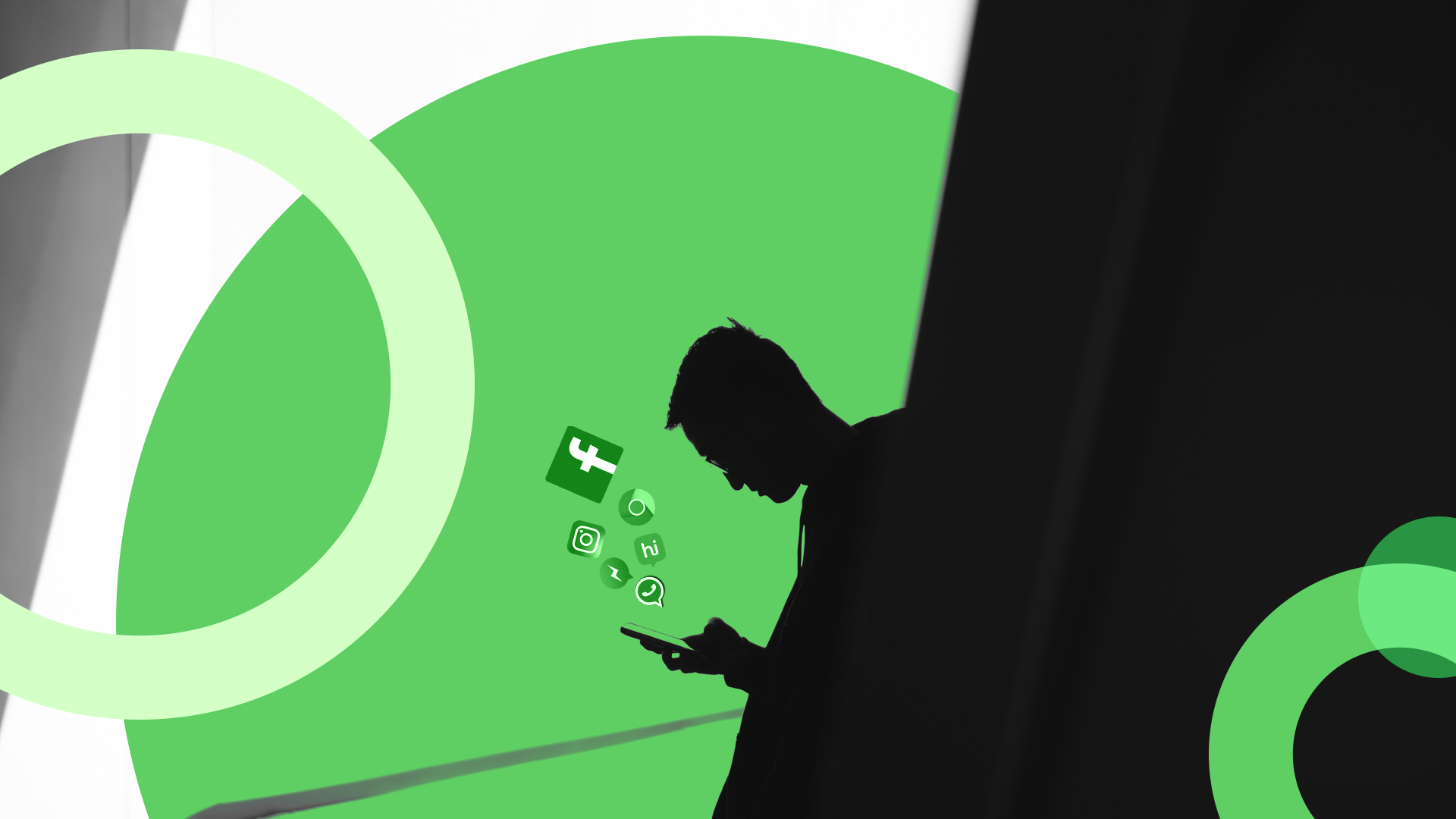What is Digital Self-Harm?
Digital self-harm is a harmful behavior where an individual posts hurtful comments or non-suicidal threats about themselves online. This behavior is similar to cyberbullying, but the individual targets themselves instead of someone else. Engaging in digital self-harm can negatively affect mental and physical well-being. Research suggests that serious cases of digital self-harm may be a warning sign of suicidal behavior.
What are the signs of digital self-harm?
Digital self-harm involves posting hurtful comments, images, photos, or videos about oneself on social media or internet forums. Typically, these posts are made anonymously or under a fake name in a public space where others can see them.
For instance, an individual may create a fake Instagram or Facebook profile and post degrading comments or body-shaming content about themselves. Other users may interact with the content through comments or other options available on the platform, which could potentially worsen the self-harm and lead to dangerous situations.
Digital self-harm can impact a person's sense of self-esteem and self-worth. Sometimes, it can lay the groundwork for conditions like depression and anxiety. In other cases, depression or anxiety may cause a person to post hateful comments.
Who is at risk for digital self-harm?
Research suggests that adolescents and teenagers are more likely to engage in digital self-harm, although further studies are needed on the topic.
A 2016 study found that up to 6% of surveyed individuals between the ages of 12-17 had posted hurtful content about themselves online, with boys being more likely to engage in this behavior than girls.
Additionally, teens who have previously experienced depressive symptoms, engaged in physical self-harm, or have existing mental health issues may be at higher risk for posting anonymous self-harm content online.
What are the reasons for digital self-harm?
The reasons behind digital self-harm can vary. Some teens may post hurtful content:
- To appear cool or as a joke
- Out of boredom
- To demonstrate mental or physical toughness
- To make friends online
- For sympathy or reassurance
- To seek attention from peers or strangers
- To ask for help or counseling
- To talk to someone about their feelings
- To see if anyone would help or take action
What is the impact of digital self-harm on health?
Digital self-harm can affect your physical and emotional health, such as self-esteem, self-worth, and confidence. At the same time, it can also be a sign of worsening mental health.
Digital self-harm is often a risk factor for:
- Depression
- Anxiety disorders
- Substance abuse issues
- Eating disorders
- Poor educational outcome
- Poor job prospects
How can you prevent digital self-harm?
If you are concerned that your child or someone you know is posting content related to self-harm online, there are steps you can take to prevent it and find appropriate support. You can:
- Take action to block the fake or anonymous account that is causing harm to themselves.
- Keep track of your child's online activities, including the websites and streaming services they use, particularly if they are 13 years old or younger. Various monitoring applications allow you to restrict their internet usage and the time spent on a specific device.
- Request the social media company or website to remove the content.
- Teach your child about online and offline resources for mental and physical health and how to access them.
- Gather evidence and report any concerning behavior to parents, teachers, or other authority figures.
- Offer mental health support resources from licensed professionals, including therapy and counseling.
- Create a secure environment for open dialogue and converse with them.
Final words
Digital self-harm is a troubling phenomenon where people can harm themselves through online actions, often in secrecy. This shows how technology and mental health are connected, and we need to understand and help those going through it to make the internet safer and healthier for everyone.



